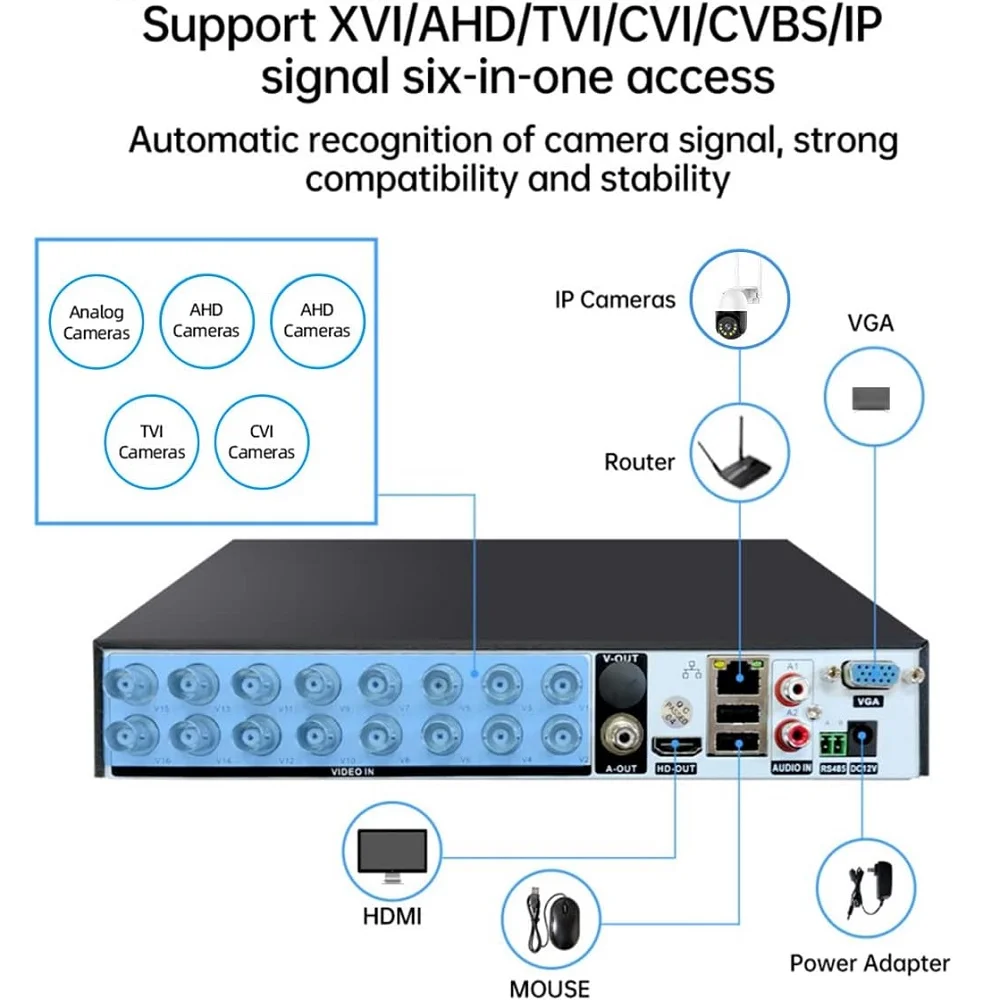In the dynamic world of sales and marketing, strategies for identifying and converting potential customers are crucial. Among these, the BANT framework stands as a tried-and-true methodology. It helps sales teams determine the viability of leads and prioritize those most likely to result in sales. BANT has been guiding sales professionals for years, streamlining their approach toward effective client engagement. Below, we delve into the intricacies of this essential sales tool to empower your decision-making process in targeting potential business opportunities.
Exploring the BANT Framework in Sales and Marketing
The BANT framework is fundamental in sales and marketing strategies for its simplicity and effectiveness. It comprises Budget, Authority, Need, and time frame, crucial factors for assessing lead potential and optimizing resources.
Budget evaluation determines if prospects can afford your product or service, saving time by focusing on viable leads. Authority identifies decision-makers to streamline efforts effectively. Need assessment ensures genuine interest by understanding prospects’ problems and offering solutions. The time frame establishes when prospects plan to implement solutions, aligning sales strategies accordingly.
Implementing BANT leads to focused lead qualification and strengthens client relationships. It ensures engagement with interested parties and aligns solutions with prospects’ financial and timeline constraints, fostering trust and delivering tailored solutions effectively.
Defining BANT: Budget, Authority, Need, and Timeframe
The BANT framework provides a structured approach for sales professionals to qualify leads effectively.
Budget: Addressing budget concerns early on is crucial to ensuring alignment between the lead’s financial capacity and your pricing. This step saves time by focusing efforts on financially qualified leads and encourages transparent pricing discussions.
Authority: Identifying decision-makers and accessing them is vital for delivering your sales message to those with purchasing power. Overcoming gatekeepers and connecting with executives is a critical aspect of the sales process.
Need: Recognizing the prospect’s specific problem and their desire to solve it is essential for tailoring value propositions that resonate. If your product or service doesn’t address a genuine pain point, it’s less likely to be seen as essential.
Timeframe: Understanding when the customer plans to make a decision and the factors influencing this timing is crucial for prioritizing opportunities and adjusting strategies accordingly. Clear timeframes prevent opportunities from losing momentum.
Implementing BANT in Your Sales Process for Better Lead Qualification
Effective implementation of the BANT framework hinges on thorough training for sales representatives. They must seamlessly integrate BANT criteria into their conversations to uncover lead readiness for purchase. Incorporating BANT into CRM systems streamlines lead qualification oversight.
For successful adoption, sales teams must grasp the significance of each BANT element, not just its acronym. Role-playing exercises simulate sales scenarios, aiding comprehension. Integrating communication skills with BANT’s structure helps navigate client interactions.
Sales scripts and email templates incorporating BANT questions ensure consistent framework application. These questions cover current solutions, decision-making processes, expected outcomes, and timelines. However, maintaining a natural conversation flow is crucial.
Proper execution of BANT analysis boosts lead quality and conversion rates, fostering a healthier sales funnel and stronger customer relationships.
Overcoming Common Challenges When Applying the BANT Framework
Incorporating BANT into sales routines can be highly effective, but organizations often face hurdles. Misinterpreting or rigidly applying the criteria can result in lost opportunities. Sales teams must remain flexible, understanding that not all leads fit neatly into BANT categories initially.
Resistance to change is common among sales professionals accustomed to other methodologies. Ongoing training and management support are crucial to ensure effective understanding and utilization of the BANT framework.
BANT may not always align with modern buyers who engage later in their buying journey. It should serve as a guideline rather than a rigid checklist, evolving to fit changing business landscapes.
Balancing quantitative aspects of BANT with qualitative insights is essential. Sales processes benefit from understanding potential customers’ narratives and concerns through empathy, active listening, and adaptability.
Evolving the BANT Model for Modern Buying Experiences
In today’s dynamic marketplace, the traditional BANT framework faces the challenge of meeting the demands of well-informed and expectant buyers. Sales interactions now require a more personalized and consultative approach, necessitating a nuanced application of BANT within a broader customer-centric strategy.
To adapt, sales teams must seamlessly integrate BANT criteria into conversations, prioritizing genuine engagement over a rigid qualification checklist. Leveraging technological advancements such as CRM systems and analytics tools allows for a data-driven understanding of prospect qualifications even before initial contact, enabling preemptive alignment with BANT principles.
The concept of ‘timing’ within BANT has evolved to encompass not just immediate buying timelines but also broader business cycles and market trends. This strategic consideration ensures that sales efforts are not only timely but also tactically aligned with broader market movements.
Altogether, the BANT framework continues to serve as a valuable resource for sales and marketing professionals, aiding in lead qualification and deal closure. Its continued relevance underscores the significance of a structured sales approach, while also recognizing the need for flexibility in navigating contemporary buyer-seller dynamics.




Be First to Comment